Preparation
IMPORTANT SAFETY NOTICE
Precautions with regard to safety
Accessories
Precautions on handling
Location and function of each part
Using the remote control unit
Laser beam pointer
Wireless mouse
Inserting the batteries
Operating range
Setting the projector IDs number for remote control unit
Connections
Notes on connections
Example of connecting to video equipment
Example of connecting to computer
Setting-up
Projection methods
Projector position
Projection distances
Basic Operation
Starting to use
Turning on the power
Turning off the power
On-screen menus
Menu screens
Menu operation guide
Returning to the previous screen
Returning a setting to the factory default
Using the freeze function
Using the D.ZOOM (digital zoom) function
Adjusting the picture
PICTURE MODE
Color Hue Setting
COLOR
TINT
BRIGHT
CONTRAST
SHARPNESS
Noise Reduction(NR)
TV SYSTEM
WHITE BALANCE R/G/B
Projecting sRGB-compatible pictures
Adjusting the position
POSITION
DOT CLOCK
CLOCK PHASE
KEYSTONE
OSD POSITION
ASPECT
RESIZING
AUTO SETUP
FRAME LOCK
Audio adjustment
VOLUME
MUTE
Changing the display language
Advanced Operation
Option settings
SHUTTER
OSD
AUTO KEYSTONE
RGB/YPbPr
RGB2 SELECT
BACK COLOR
FRONT/REAR
DESK/CEILING
LAMP POWER
LAMP RUN TIME
FAN CONTROL
WEB CONTROL
WEB STANDBY
WEB PASSWORD
CONTROL KEY
FUNC 1
SET ID
AUTO POWER OFF
NETWORK SETUP
SD CARD SETUP
Lens adjustment
Projection lens replacement
Projection distance for each projection lens (sold separately)
Slot cover replacement
Putting the power cord and remote control unit away
Using the cable cover
Using the remote terminal
Using the SERIAL connector
Others
Indicators
About the automatic setup function
List of compatible signals
Cleaning and replacing the air filter
Replacing the lamp unit
Before calling for service
Specifications
Dimensions
Trademark acknowledgements
NOTES IMPORTANTES CONCERNANT LA SECURITE
Précautions de sécurité
Précautions de manipulation
Remplacement du bloc de lampe
Other instructions
Typical applications of SD card / network functions
Examples of use of SD card
Example of use of network functions
Fitting and removal of SD card and wireless card
SD card
Wireless card/Projector LAN card
How to use SD card
Replaying from recorded SD card using the projector only
Setting
Replay
Recording directly on SD card
Compiling on Windows
Compilation on Macintosh machine
Network setting
Example of setting for use of the wireless card
To use wireless communication for the first time
If wireless communication has already been established between PCs (in ad hoc mode)
If wireless communication has already been established
using an access point
If communication in ad hoc mode is unavailable
Example of setting for use of the projector LAN card
To directly connect a personal computer to the projector
When connecting via a relaying device
Setting up the projector
Installing a wireless card driver
Fitting and removal of wireless card into/from personal computer
Installing a driver
Settings of wireless card
Settings of personal computer
TCP/IP setting
If two or more network devices are existent
Web browser control
What you can do with Web browser control
Settings of Web browser control
Settings of projector
Settings of personal computer
Operation of Web browser control
Starting Web browser control
Top screen
Projector control
SD control
Changing password
When using PDA
Operation of PDA
Wireless Manager 2.0
What you can do with Wireless Manager 2.0
Installation of Wireless Manager 2.0
Before installation
Procedure of installation
Operation of Wireless Manager 2.0
Starting/ending Wireless Manager 2.0
Registration of projector
To capture and transfer the image of PC screen
Transfer of image stored in the personal computer
Major examples of usage
Basic usage
Automatic display in predefined sequence
Quick-changing presentation using SD card
Conference using multiple personal computers
Image Creator 1.0
What you can do with Image Creator 1.0
Installation of Image Creator 1.0
Before installation
Procedure of installation
Operation of Image Creator 1.0
DCF standard
Before Placing an repair order
Explanation of terms
Trademark Information
Consignes de sécurité

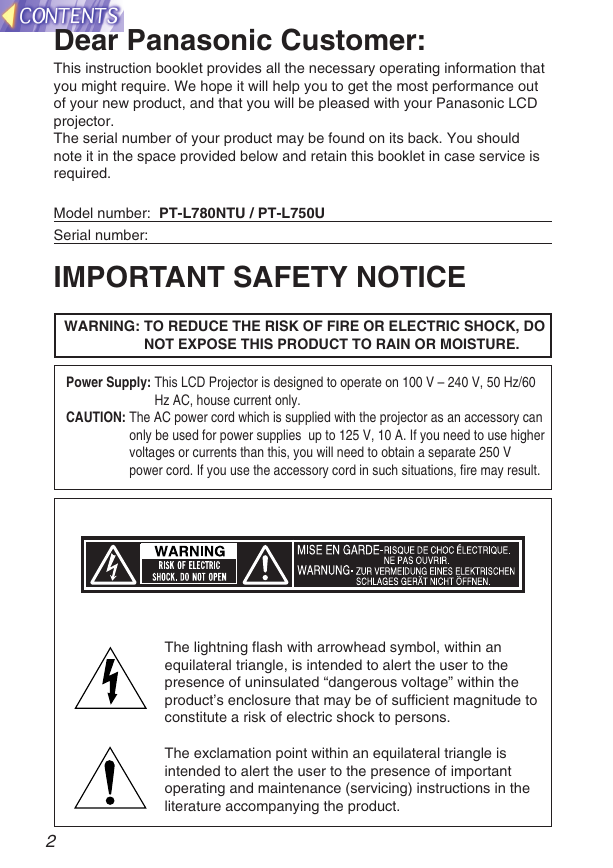
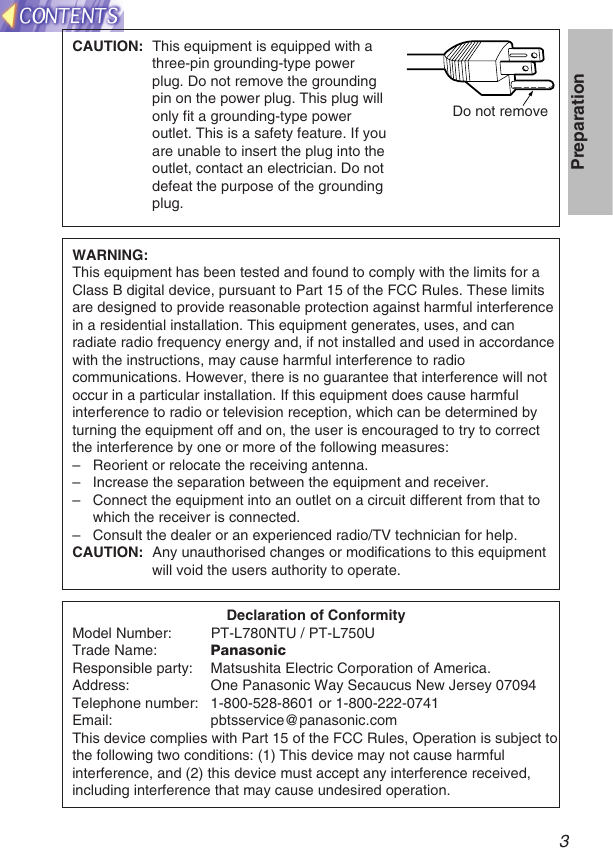
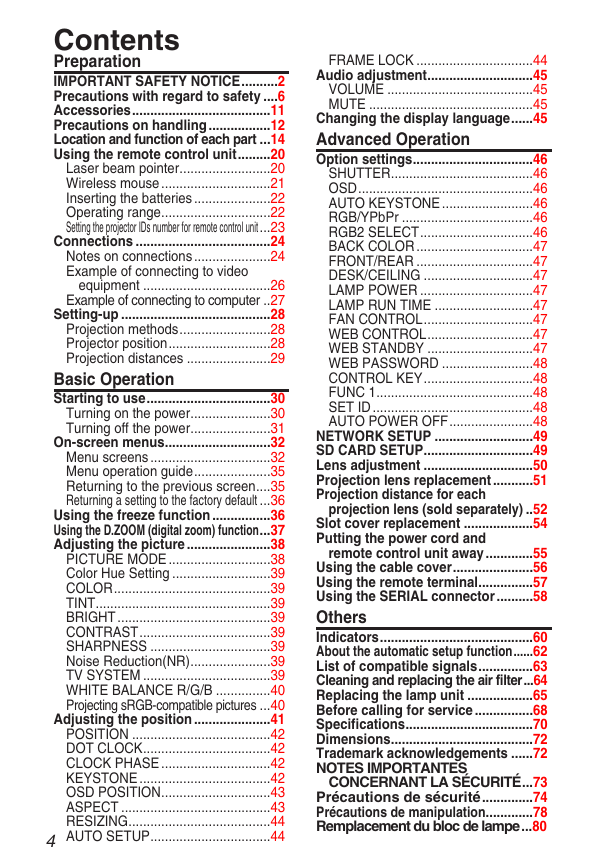
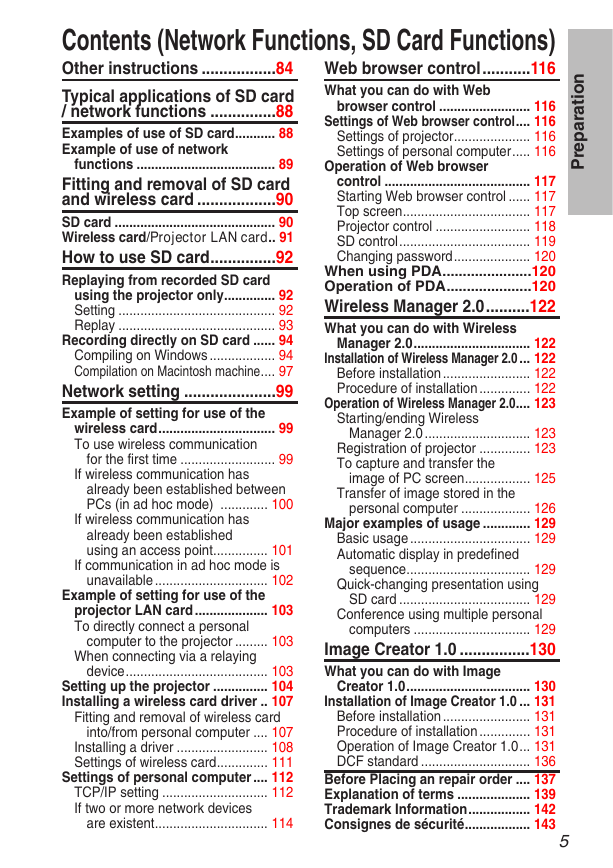

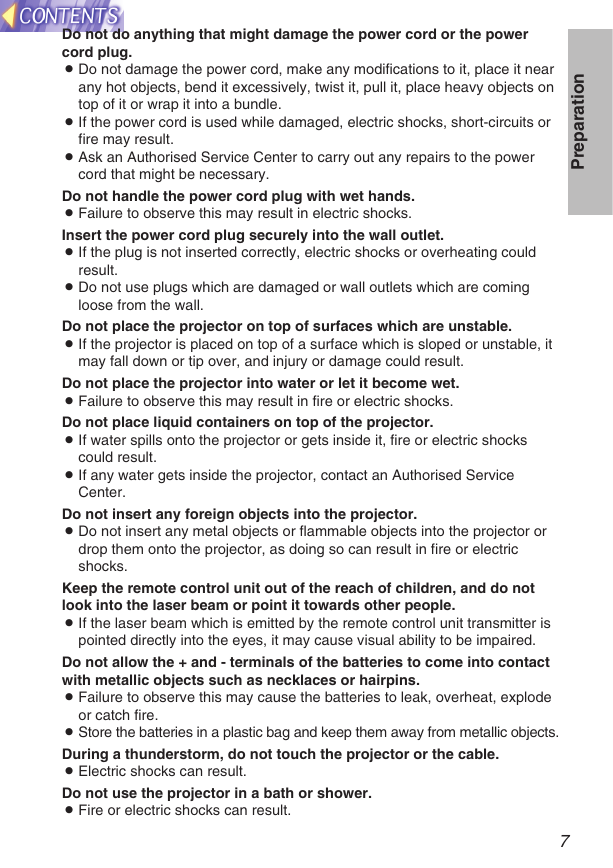
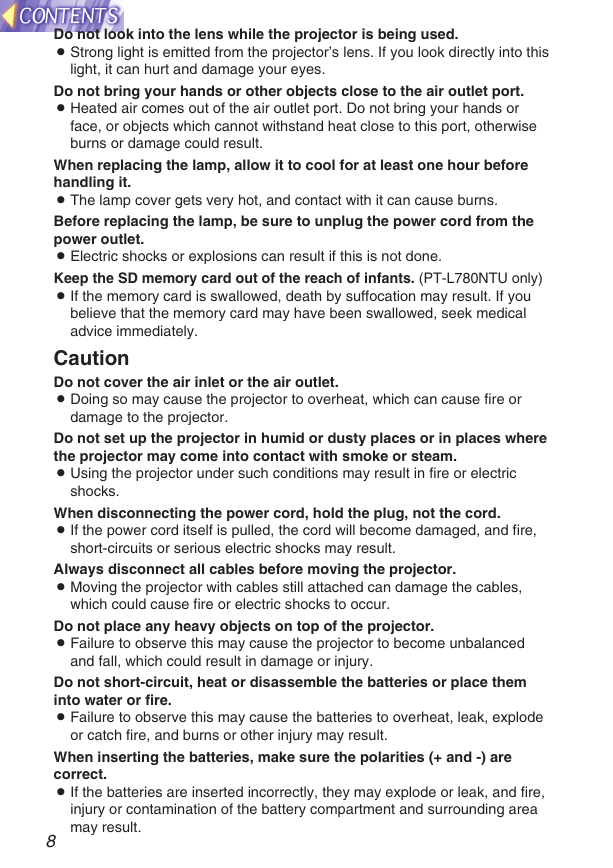








 2023年江西萍乡中考道德与法治真题及答案.doc
2023年江西萍乡中考道德与法治真题及答案.doc 2012年重庆南川中考生物真题及答案.doc
2012年重庆南川中考生物真题及答案.doc 2013年江西师范大学地理学综合及文艺理论基础考研真题.doc
2013年江西师范大学地理学综合及文艺理论基础考研真题.doc 2020年四川甘孜小升初语文真题及答案I卷.doc
2020年四川甘孜小升初语文真题及答案I卷.doc 2020年注册岩土工程师专业基础考试真题及答案.doc
2020年注册岩土工程师专业基础考试真题及答案.doc 2023-2024学年福建省厦门市九年级上学期数学月考试题及答案.doc
2023-2024学年福建省厦门市九年级上学期数学月考试题及答案.doc 2021-2022学年辽宁省沈阳市大东区九年级上学期语文期末试题及答案.doc
2021-2022学年辽宁省沈阳市大东区九年级上学期语文期末试题及答案.doc 2022-2023学年北京东城区初三第一学期物理期末试卷及答案.doc
2022-2023学年北京东城区初三第一学期物理期末试卷及答案.doc 2018上半年江西教师资格初中地理学科知识与教学能力真题及答案.doc
2018上半年江西教师资格初中地理学科知识与教学能力真题及答案.doc 2012年河北国家公务员申论考试真题及答案-省级.doc
2012年河北国家公务员申论考试真题及答案-省级.doc 2020-2021学年江苏省扬州市江都区邵樊片九年级上学期数学第一次质量检测试题及答案.doc
2020-2021学年江苏省扬州市江都区邵樊片九年级上学期数学第一次质量检测试题及答案.doc 2022下半年黑龙江教师资格证中学综合素质真题及答案.doc
2022下半年黑龙江教师资格证中学综合素质真题及答案.doc